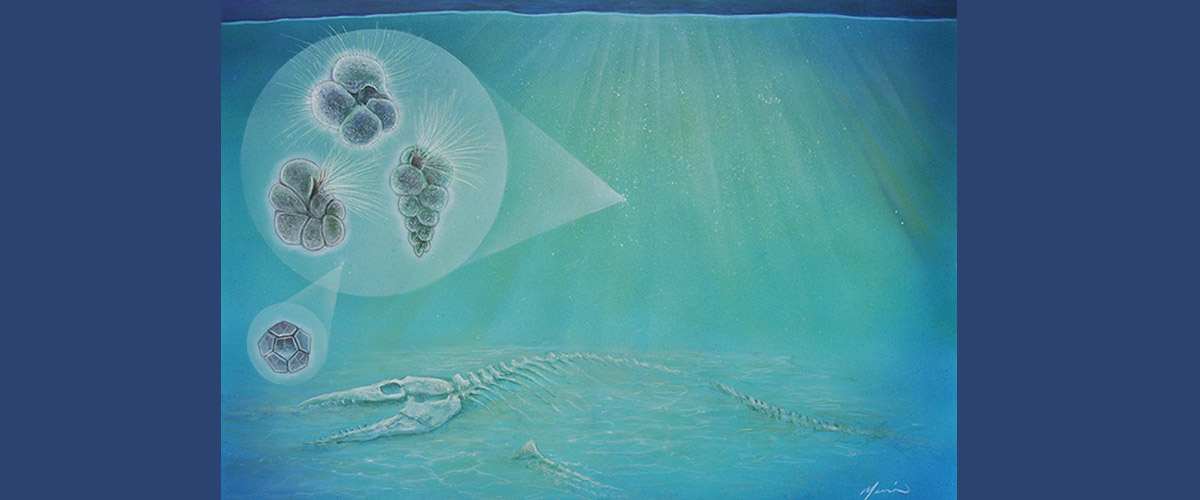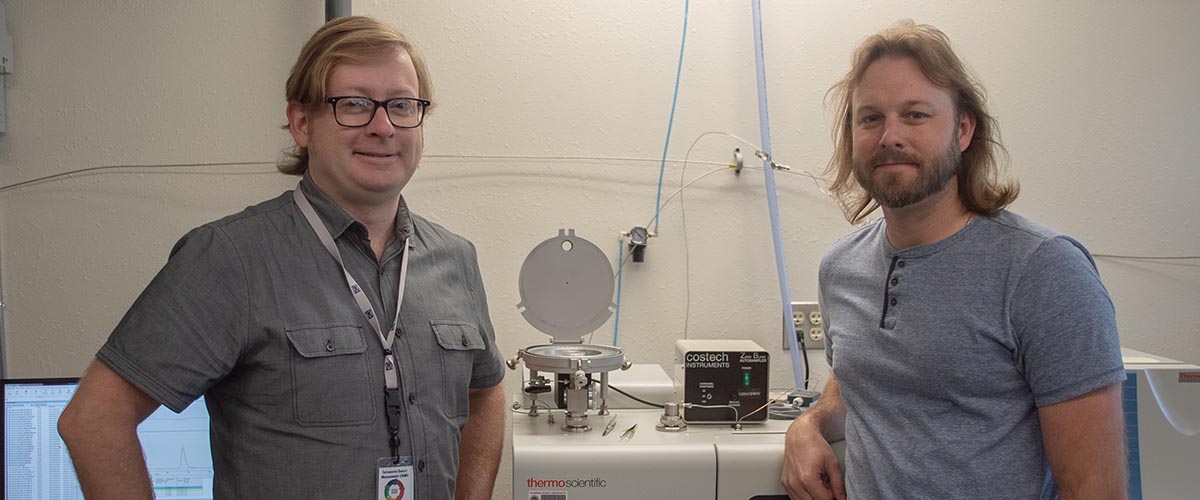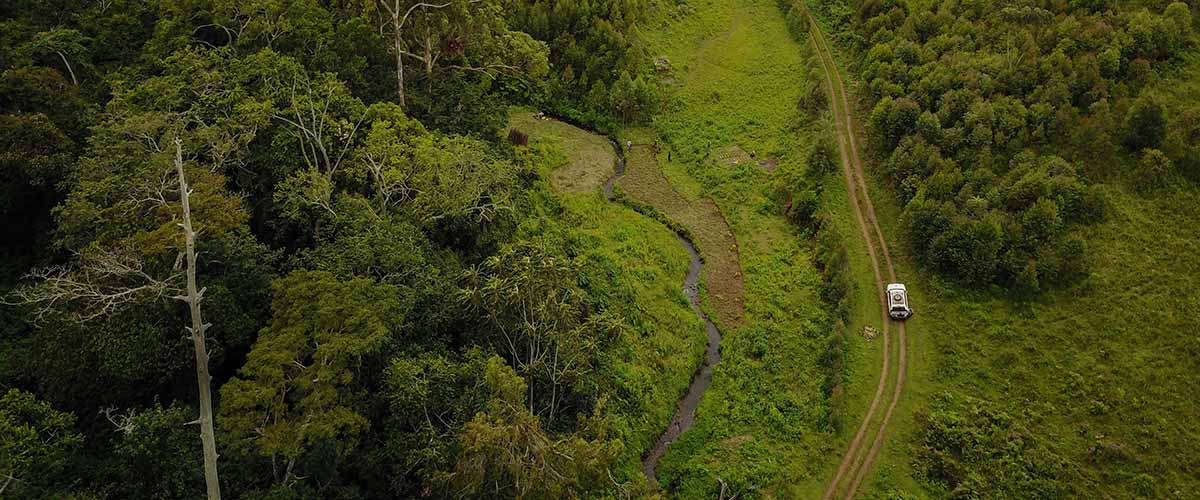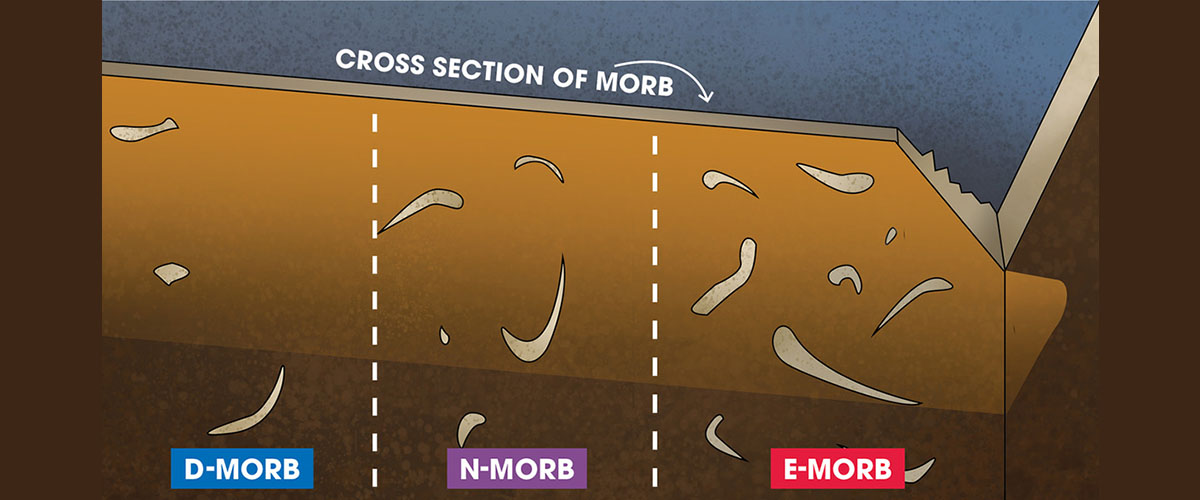Contact: Jeremy Owens
TALLAHASSEE, Fla. — About 66 million years ago, an asteroid smashed into the Earth, triggering a mass extinction that ended the reign of the dinosaurs and snuffed out three quarters of all life on the planet.
While the asteroid killed off scores of species, a new study from MagLab scientists, in collaboration with lead researchers from The University of Texas at Austin, has found that the crater it left behind was home to sea life less than a decade after impact, and contained a thriving ecosystem within 30,000 years — a much quicker recovery than other sites around the globe.

Jeremy Owens.
Image credit: Stephen Bilenky
"This study provides the first evidence that life, at least more simplistic organisms, recovered relatively quickly within the impact crater that marks the demise of the dinosaurs," said Jeremy Owens, an assistant professor in Florida State University's Department of Earth, Ocean and Atmospheric Science and a member of the MagLab's Geochemistry Group.
The findings challenge previous theories that recovery at sites closest to the crater were slowed by environmental contaminants — such as toxic metals — released by the impact. Instead, the evidence suggests that recovery around the world was influenced primarily by local factors, a finding that could have implications for environments rocked by climate change today.
"We found life in the crater within a few years of impact, which is really fast, surprisingly fast," said Chris Lowery, a postdoctoral researcher at The University of Texas Institute for Geophysics who led the research. "It shows that there's not a lot of predictability of recovery in general."
The research was published today in the journal Nature.
The evidence for life at the impact site comes primarily in the form of microfossils — the remains of unicellular organisms like algae and plankton — as well as the burrows of larger organisms discovered in a rock extracted from the crater. Samples were collected during recent scientific drilling conducted jointly by the International Ocean Discovery Program (IODP) and International Continental Drilling Program (ICDP).
The tiny fossils are hard evidence that organisms inhabited the crater, but also a general indicator about habitability in the environment years after impact. The swift recovery suggests that other life forms were living in the crater shortly after impact.
"Microfossils let you get at this complete community picture of what's going on," Lowery said. "You get a chunk of rock and there's thousands of microfossils there, so we can look at changes in the population with a really high degree of confidence, and we can use that as a proxy for the larger scale organisms."
The scientists found the first evidence for the appearance of life two to three years after impact. The evidence included burrows made by small shrimp or worms. By 30,000 years after impact, a thriving ecosystem was present in the crater with blooming phytoplankton (microscopic plants) supporting a diverse community of microfossils in the surface waters and on the seafloor.
In contrast, other areas around the world, including the North Atlantic and other areas of the Gulf of Mexico, took up to 300,000 years to recover in a similar manner.
Owens said that rapidly restored oxygen levels post-impact could help explain the quick recovery in the region.
"Using geochemical tools, we discovered that local oxygen contents returned to high values immediately following the asteroid impact," he said. "This suggests the area could have been re-inhabited by organisms requiring oxygen relatively quickly."
The crater is located partially offshore of the Yucatan Peninsula in Mexico and filled with millions of years-worth of rock and sediment — a feature that preserved the crater's structure and allowed the international research team to extract more than 800 meters (2,600 feet) of core that has revealed information about the asteroid's impact, aftermath and the recovery of life.
In this study, the scientists zeroed in on a unique core section that captures the post-impact seafloor in unprecedented detail. This material provides a record that captures the seafloor environment days to years following the impact.
"You can see layering in this core, while in others, they're generally mixed, meaning that the record of fossils and materials is all churned up and you can't resolve tiny time intervals," said co-author Timothy Bralower, a micropaleontology professor at Penn State. "We have a fossil record here where we're able to resolve daily, weekly, monthly, yearly changes."
The relatively rapid rebound of life in the crater suggests that while the asteroid caused the extinction, it didn't hamper recovery. The scientists point to local factors, from water circulation to interactions between organisms and the availability of ecological niches, as having the most influence on a particular ecosystem’s recovery rate.
Although life quickly returned to the crater, the post-impact ecosystem was significantly different than the pre-impact. A few species that survived the mass extinction adapted to vacated habitats by evolving into new species that were better suited to the new conditions in the post-extinction ocean. The findings illustrate that in the wake of mass extinction events, ecosystem recovery is an unpredictable process — both in timing and in species composition.
The IODP, ICDP, the National Science Foundation and NASA funded the research.
Story by Zachary Boehm courtesy of FSU Communications






